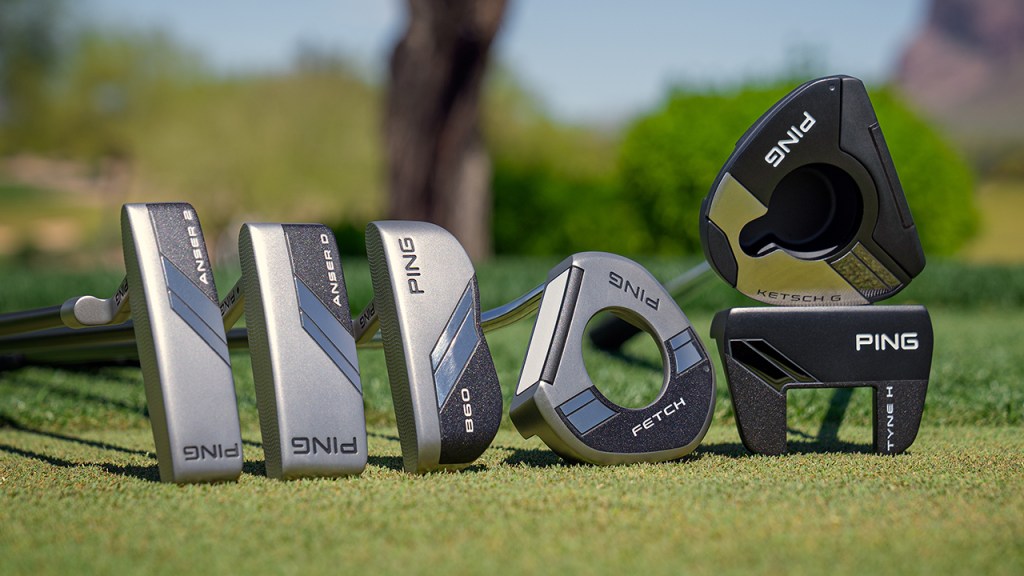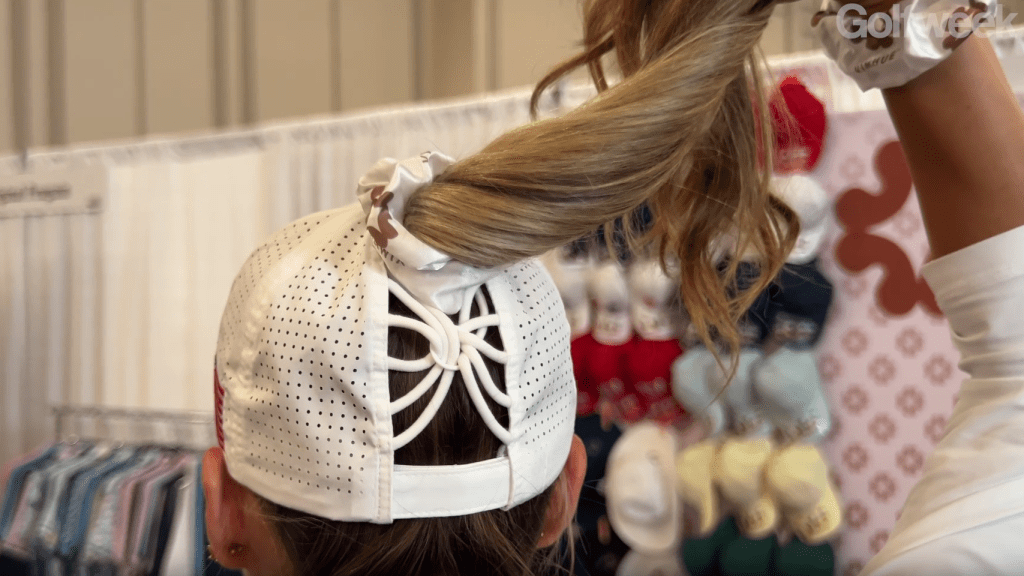[ad_1]
Gear: Ping Putters (2024)
Price: $250 (Anser 2, Anser D, B60, Fetch, Tyne H), $300 (Ketsch G)
Who It’s For: Golfers who want a blend of feel and forgiveness, with several custom-fitting options and styles.
The Skinny: Each of the Ping Putters is designed to fit a specific stroke type, and with several different head styles and alignment aids in the family, Ping hopes to make it easier for golfers and fitters to find the ideal putter.
The Deep Dive: In 2022, Ping released a 10-putter family of clubs simply known as the Ping Putters. While the brand offers the PLD Series and 2021 Putters that feature one cohesive technology story, and the PLD Custom program offers the company’s highest level of customization, in some ways the Ping Putter line fits in the middle because it’s offerings are designed in different wants and made for different types of players based on their stroke type.
Now, in 2024, Ping is extending the Ping Putter line with six new offerings, bringing the clubs in the family to 16. “It’s a very diverse offering but the one thing they all have in common is they offer precision performance on putts of every length,” said John K. Solheim, Ping’s president and CEO. “Golfers will have an easy time matching a model to fit their putting style, preferred alignment cues and desired feel.”
The Ping Putters can be categorized by head style — blade, mid-mallet and high-MOI mallet — but the company prefers to group them by the stroke type they are designed to help: straight, slight arc and strong arc. Within each of those stroke types, golfers will find different-looking putters that also have been made with different alignment aids, face materials and weighting.
**Anser 2:**
One of the putters that established Ping as an elite putter brand, the Anser 2 is a heel-toe weighted blade with 20 degrees of toe hang. It has a slightly-longer blade length than the standard Anser, along with a thinner topline. The milled face gives it a crisp feel at impact. The ball’s-width back cavity has a single alignment line. The 17-4 stainless steel has been given a glare-reducing blast treatment.
**Anser D:**
This is a beefier version of the Anser 2 and was developed with inspiration from the PGA Tour. Like the Anser 2, the Anser D has 20 degrees of toe hang, a single alignment line and a firm feel thanks to a milled face, but this putter has a wider back flang that enhances stability.
**B60:**
This throwback design makes a comeback in thge Ping Putter lineup. With more mass in the heel and toe area thanks to the rounded ballasts of this blade, it has extra stability while retaining a thin topline.
**Tyne H:**
This fang-style shaping should be familiar to most golfers, with the extension in the heel and toe area pulling the center of gravity back for extra forgiveness.
**Fetch:**
Unlike the putters made for golfers who have a slight-arc stroke, the Fetch has a a dual-density PEBAX face insert. It creates a softer feel than the milled faces on shorter putters, but the unique material delivers a feels firmer on longer putts. This mallet’s higher moment of inertia (MOI) makes it more stable on mis-hits, so putts struck on the heel or toe roll straighter. And yes, the cutout allows you to retrieve a golf ball from the hole using the putter itself instead of your hands.
**Ketsch G:**
Like the Fetch, this high=MOI mallet putter has a PEBAX insert. The Ketsch G is made with an aluminum body and stainless steel sole plate, and its larger top allowed designers to give it an easy-to-see alignment stripe. The hole in the sole note only enhances perimeter weighting, it lets players pick upballs without bending over.
See more equipment: Best drivers for 2024 | Best irons for 2024 | Best putters for 2024 | Best golf balls for 2024
We occasionally recommend interesting products and services. If you make a purchase by clicking one of the links, we may earn an affiliate fee. Golfweek operates independently, though, and this doesn’t influence our coverage.
[ad_2]



